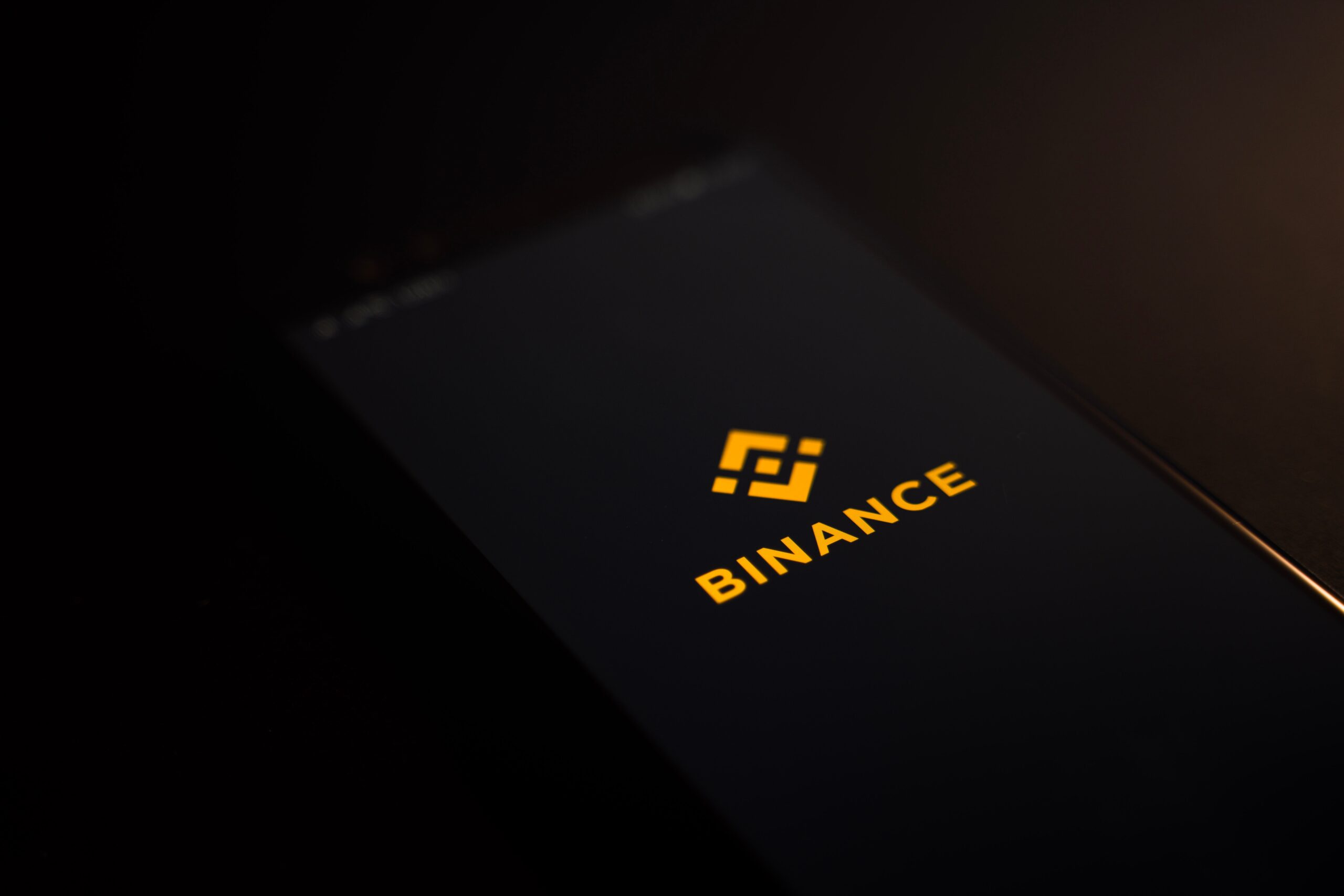Three former Binance insiders, with knowledge of Binance’s finances, claim that the firm commingled customer funds with company revenue in 2020 and 2021.
A May 23 report from Reuters, citing former executives and bank records, found that the crypto exchange commingled billions of dollars worth of funds almost on a daily basis through accounts held at the now-defunct Silvergate Bank.
One of the bank records reviewed by the authors reportedly shows that Binance mixed $20 million from a corporate account with $15 million from an account that received customer money on Feb. 10, 2021.
The report found no evidence that customer funds were ever lost or misappropriated, but former U.S. securities regulators argued that obscuring the whereabouts of these funds still puts them at risk. They also stated that moving money between accounts and into crypto could potentially shield Binance from tax authorities in the regions where it operates.
Binance denied mixing customer deposits with company funds, with a spokesperson for the exchange telling Reuters that the accounts in question were used to facilitate purchases of crypto rather than accept user deposits.
“There was no commingling at any time because these are 100% corporate funds,” said Binance spokesperson Brad Jaffe. He explained that money sent to these accounts was used to purchase the BUSD stablecoin in a process that is “exactly the same thing as buying a product from Amazon.”
Binance Holdings, Key Vision and Merit Peak, which held accounts at Silvergate Bank, allegedly formed the core of the exchange’s financial network. However, few employees had full visibility over their roles.
Funds from client deposits on Binance.com made their way to the Silvergate account, after which they were said to be combined with funds from a corporate account and sent to a Merit Peak account. Merit Peak is a trading firm managed by Binance CEO Changpeng Zhao, currently being investigated by the U.S. Securities and Exchange Commission (SEC) over its ties to Binance.US.
Reuters found that Binance used the dollars from these combined sources to facilitate purchases of the BUSD stablecoin, but could not determine the value of the tokens purchased.



